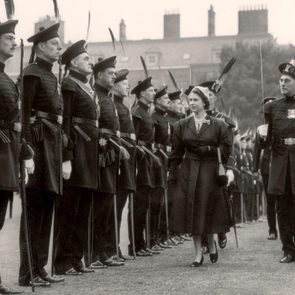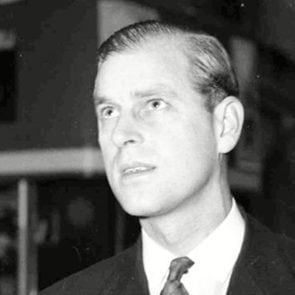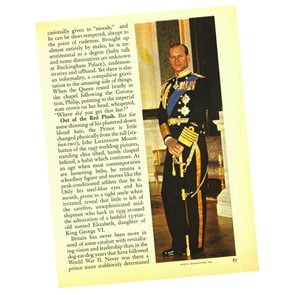Remembering Prince Philip: The Life and Times of a Royal Consort
From his first steps on Canadian soil as a naval officer during the Second World War to receiving the Order of Canada in 2013, there is no member of the royal family who enjoyed a longer relationship with Canada and the Canadian people than Prince Philip.
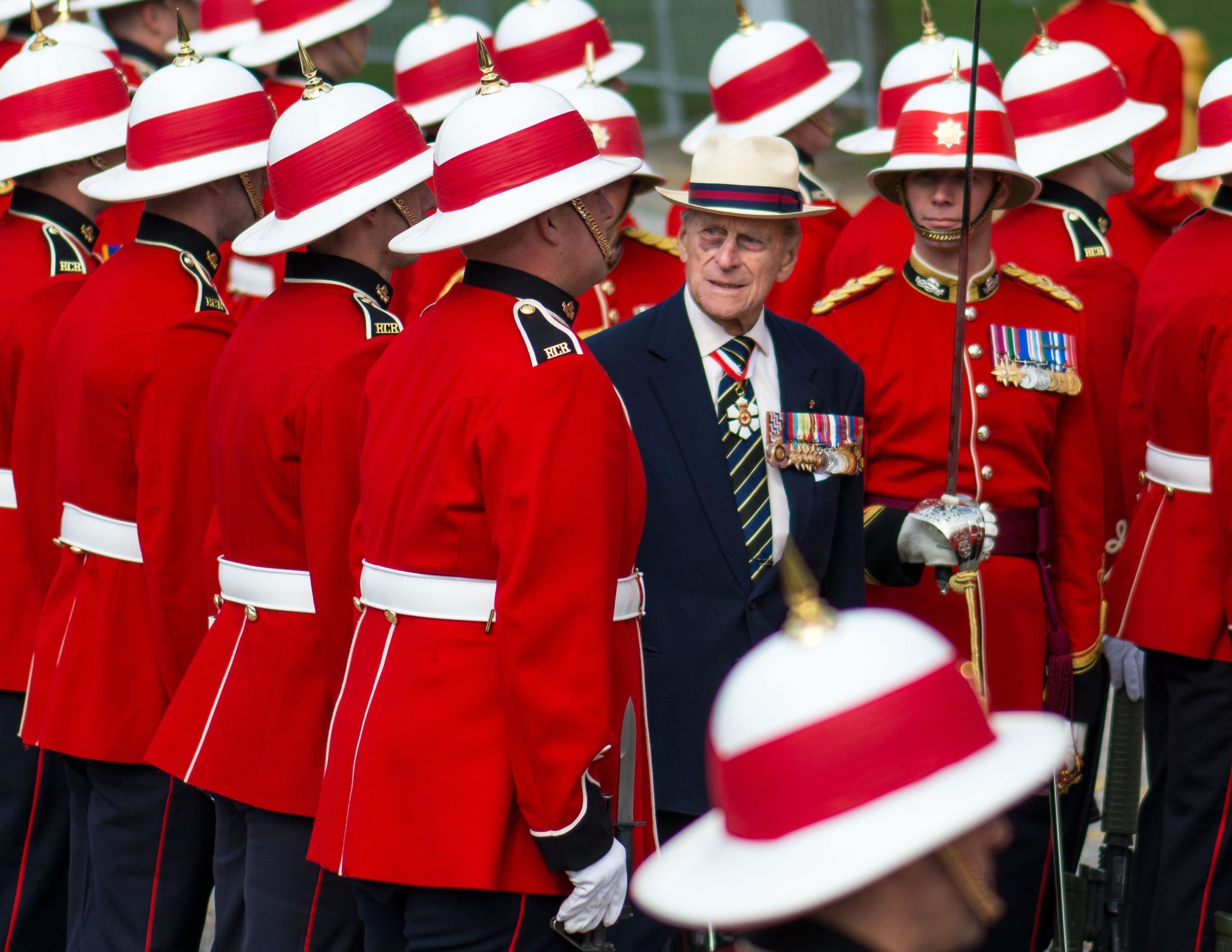
In April 2013, Queen Elizabeth II’s consort, HRH Prince Philip, Duke of Edinburgh, made what would be his final visit to Canada. He was ninety-one years old by that time, and had already significantly reduced his overseas travel. Although the purpose of his solo visit was ostensibly to present new colours to the Third Battalion of the Royal Canadian Regiment in Toronto, the event became an opportunity to celebrate Prince Philip’s long involvement with institutions across the country. He was named a Companion of the Order of Canada and a Commander of the Order of Military Merit—honours in recognition of his six decades of public service.
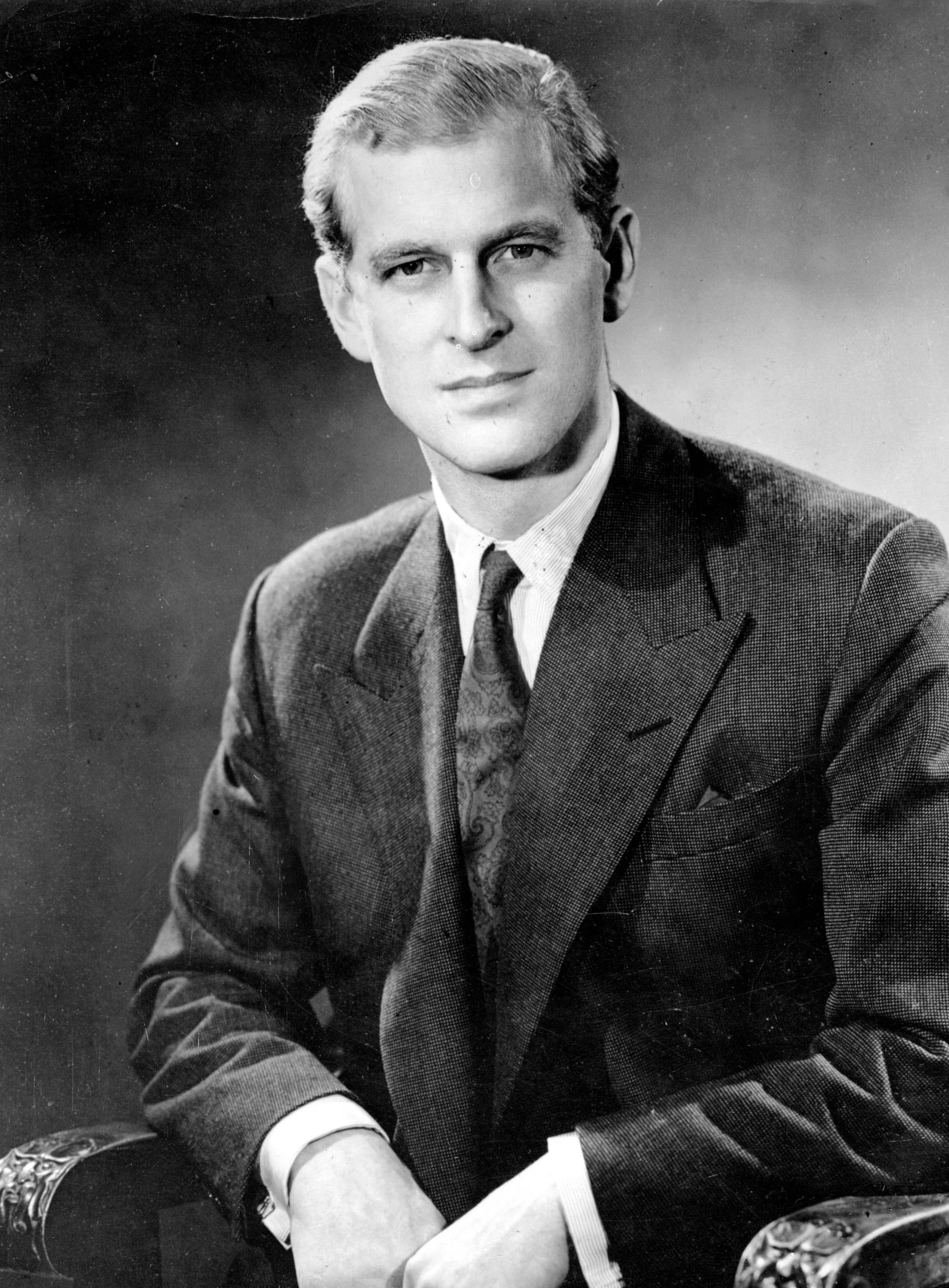
Prince Philip, Duke of Edinburgh, 1921 – 2021
Prince Philip of Greece and Denmark was born on 10 June 1921 on the Greek island of Corfu, the youngest of the five children of Prince Andrew of Greece, a younger brother of King Constantine I of Greece, and Princess Alice of Battenberg, a great-granddaughter of Queen Victoria. In 1922, the family was forced to flee Greece following a coup d’etat. They first settled in Paris, but by 1928, Philip’s immediate family had scattered across Europe. His four older sisters married German princes, his mother was committed to a mental asylum in Switzerland and his father moved to Monte Carlo with his mistress. While the future Queen Elizabeth II enjoyed a secure childhood with her parents and younger sister Princess Margaret, Philip was shuffled between the households of various relatives. According to one of Philip’s cousins, it was during this period that he wrote in a guestbook that he was of “no fixed address.”
Prince Philip’s maternal grandmother and uncles in the United Kingdom took charge of his upbringing and education. The Mountbattens (Anglicized from “Battenburg” in 1917) sent the young Prince Philip to boarding school at Cheam in England and Gordonstoun in Scotland. The curriculum at Gordonstoun emphasized outdoor education and eventually helped to inspire the Duke of Edinburgh Award program, which Prince Philip himself founded in 1956. In 1939, Prince Philip joined the Royal Navy as a cadet, and went on to serve as a naval officer in the Second World War. In 1942, he was promoted from midshipman to Lieutenant and appointed second-in-command of the HMS Wallace, which took part in the Allied invasion of Sicily in July 1943 and was present in Tokyo Bay when Japan formally surrendered in 1945.
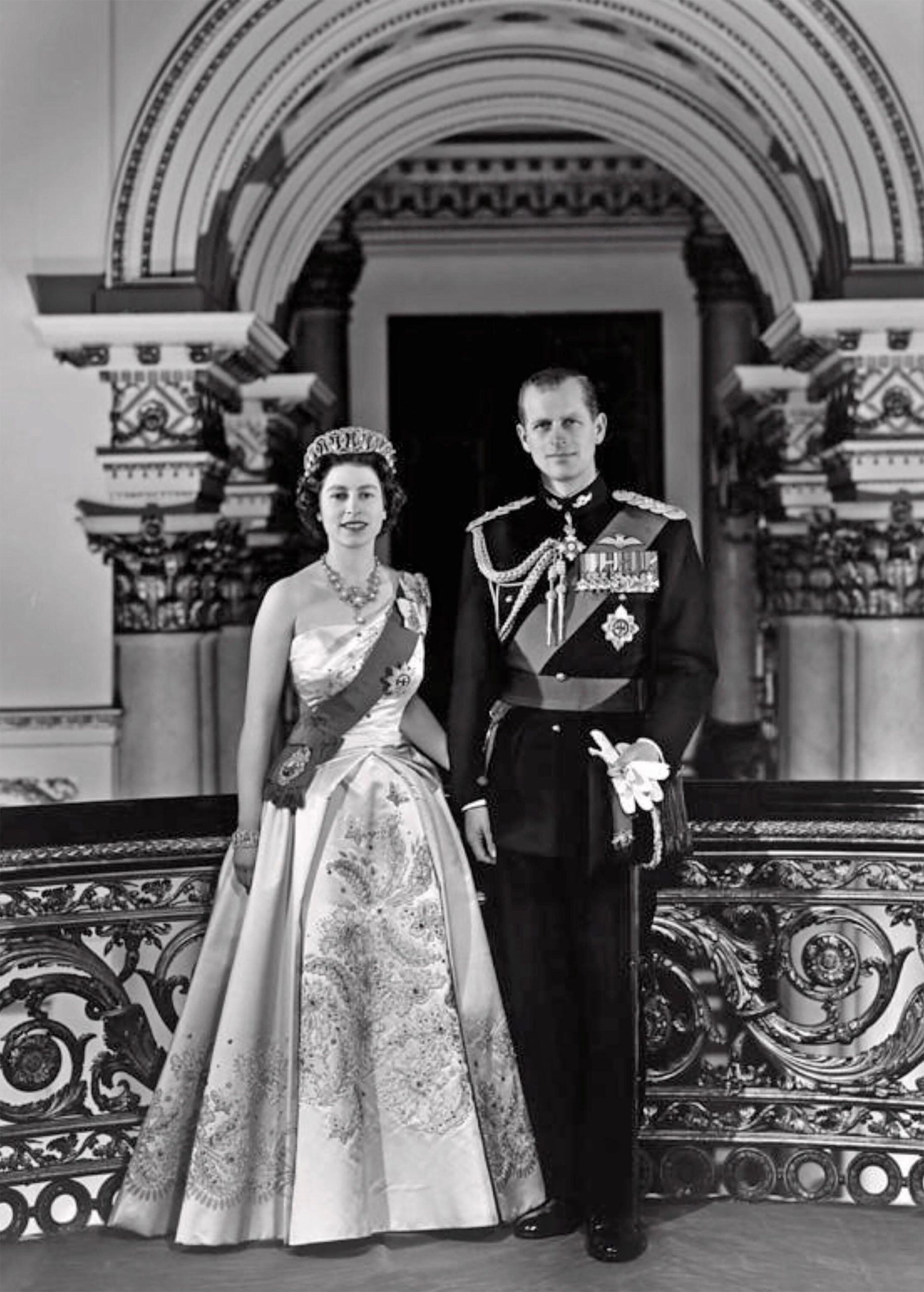
A royal romance
Prince Philip and Princess Elizabeth met in passing at family weddings as children, but they first noticed one another when Philip escorted Elizabeth and Margaret on a tour of Dartmouth naval college. The thirteen-year-old Elizabeth was impressed by the eighteen-year-old Philip. They corresponded during the Second World War and Philip visited Windsor Castle when he was on leave, attending a palace pantomime where the seventeen-year-old Princess starred in the lead role as Aladdin. The press and public speculated about a royal romance, especially after photos appeared in the newspapers of Elizabeth and Philip smiling and chatting with one another at his cousin Patricia Mountbatten’s wedding in 1946. Buckingham Palace announced the engagement of Princess Elizabeth and Lieutenant Philip Mountbatten on 9 July 1947 and they were married on 20 November of that year. When Philip was stationed in Malta, Elizabeth joined him and they were able to spend time together as a couple from 1949 to 1951 away from the public eye. All that changed when Elizabeth became Queen.
Modernizing the monarchy
On 6 February 1952, King George VI died and Queen Elizabeth II succeeded to the throne at the age of twenty-five. She had been married to Prince Philip for more than four years, they had two young children (Prince Charles was born in 1948 and Princess Anne was born in 1950), and they had enjoyed a comparatively normal life up to this time. Philip left a promising active naval career to support the queen in her new role and pursued an active role in ambitious projects that would modernize the monarchy. He chaired the coronation committee in 1953, and the ceremony was televised for the first time. He also supported the filming of the 1969 Royal Family documentary that gave the public a sense of royal life behind palace doors with Philip himself manning the barbecue at a Balmoral Castle picnic. As he grew older, however, he became increasingly concerned about press intrusion into the private lives of the royal family.
Canadian connections
Philip was a patron of more than 800 organizations around the world, including 44 based in Canada. His philanthropic activities reflected his interest in youth, the environment, athletics, the military and technology. His Canadian patronages included the Canadian Aeronautics and Space Institute, the Canadian Curling Association, the Royal Canadian Yacht Club and the Outward Bound Trust. Philip was also honorary Colonel-in-Chief of six Canadian military units, patron of the Naval Officers’ Association of Canada and the Royal Canadian Regiment Association and Honorary Commodore of the Royal Canadian Naval Sailing Association. The most famous of Philip’s international philanthropic initiatives is the Duke of Edinburgh Award Program, which is now active in 144 countries including Canada. Philip created the Award in 1956 to encourage young people around the world to challenge themselves, spend time outdoors and contribute to their communities. Over 500,000 young Canadians have participated in the program since its founding.
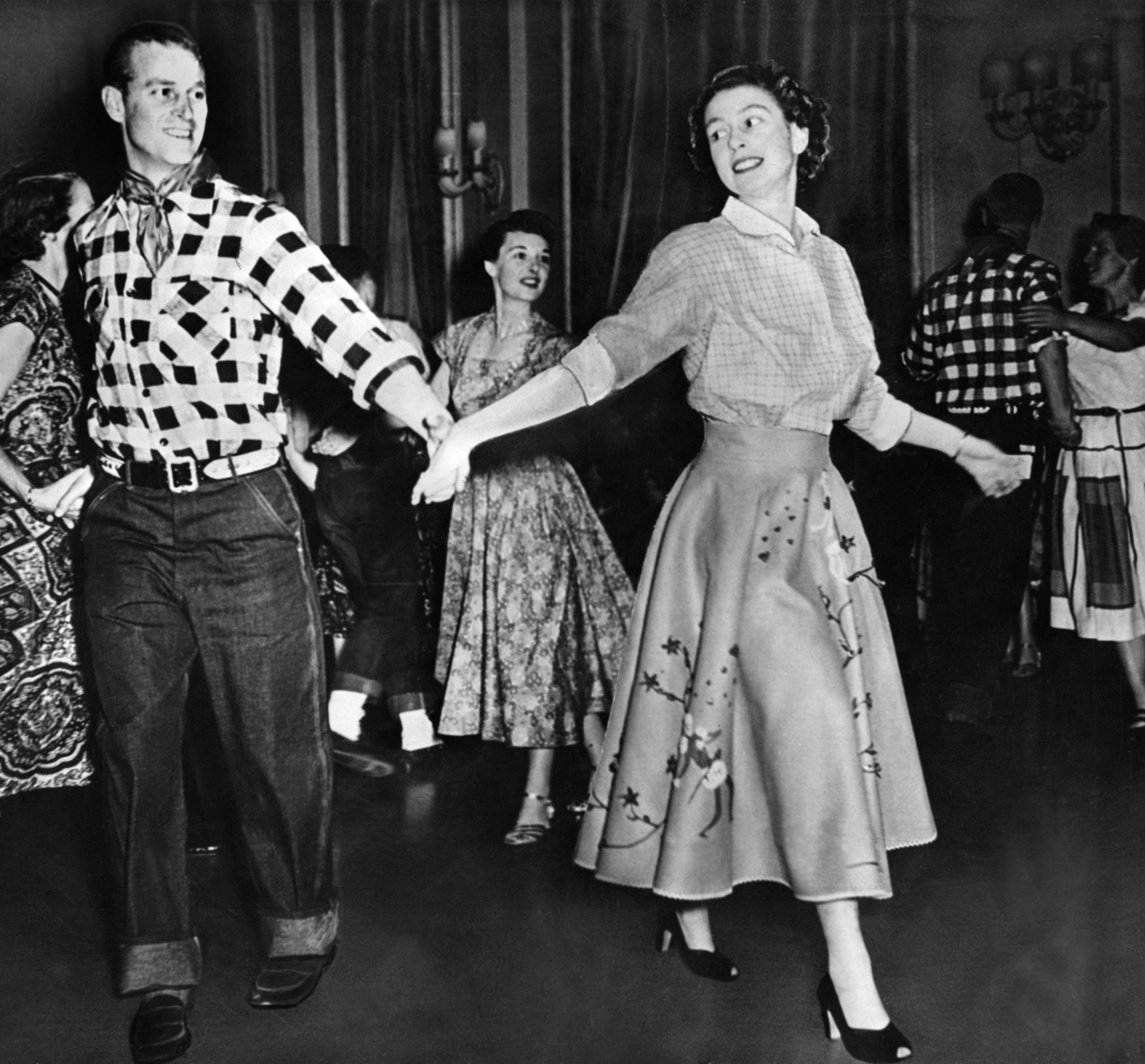
Royal tours of Canada
Although Philip briefly visited Halifax, Nova Scotia, as a midshipman in 1941, he made his first official visit to Canada with the future Queen Elizabeth II in 1951. Elizabeth and Philip were a glamorous young royal couple, the first senior members of the royal family to cross the Atlantic by airplane, and an image of the couple square dancing at Rideau Hall became a popular Canadian Christmas card design. While Elizabeth was more reserved, Philip actively engaged with the crowds and earned the nickname, “Good Old Phil.” On the 1959 royal tour to open the St. Lawrence Seaway that followed, Philip undertook more solo engagements as the Queen discovered she was expecting Prince Andrew and needed time to rest. The tour was 45 days long and the royal couple crossed the entire country, traveling up the St. Lawrence on the royal yacht Britannia then west by train and flying to the Yukon and Northwest Territories. At the Royal York Hotel in Toronto, Philip gave a speech about the importance of physical activity and outdoor education when he was appointed President of the Canadian Medical Association.
The decades that followed would see Prince Philip visit Canada dozens more times, both on his own and accompanying the Queen. Philip’s solo tours tended to be in support of his Canadian patronages, military regiments or Commonwealth events. He attended numerous Commonwealth study conferences in Canada during the 1960s and 1970s and made frequent visits to present Duke of Edinburgh Awards and attend fundraising dinners for World Wildlife Fund Canada.
Independent spirit
As a constitutional monarch, Queen Elizabeth II is expected to remain above party politics and avoid expressing controversial opinions. As the royal consort, Prince Philip had more freedom to speak his mind. In Canada, he spoke frankly about the purpose of the monarchy and its relevance to the Canadian people. At a 1969 Ottawa press conference, Philip stated, “I think it’s a complete misconception to imagine that the Monarchy exists in the interests of the Monarch—it doesn’t. It exists in the interests of the people: in a sense—we don’t come here for our health, so to speak. We can think of other ways of enjoying ourselves.” The comment, “We don’t come here for our health” often appears in lists of Prince Philip’s famous gaffes and off-the-cuff remarks, but what’s overshadowed by that apparent slight was actually a thoughtful analysis of the evolving Canadian Crown.
In his later years, there was revival of popular interest in Prince Philip’s long and eventful life in response to his portrayal in 21st-century films and TV series. The Crown on Netflix dramatized the difficulties Prince Philip might have experienced transitioning from active naval service to a ceremonial role as consort to the reigning queen. While screenwriter Peter Morgan imagined Prince Philip struggling to find ways to occupy his time as royal consort and navigating a series of mid-life crises, his role was in fact a busy one from the start, including a full schedule of charitable patronages, frequent royal tours both alone and with the Queen, and the management of British royal properties at Sandringham and Balmoral.
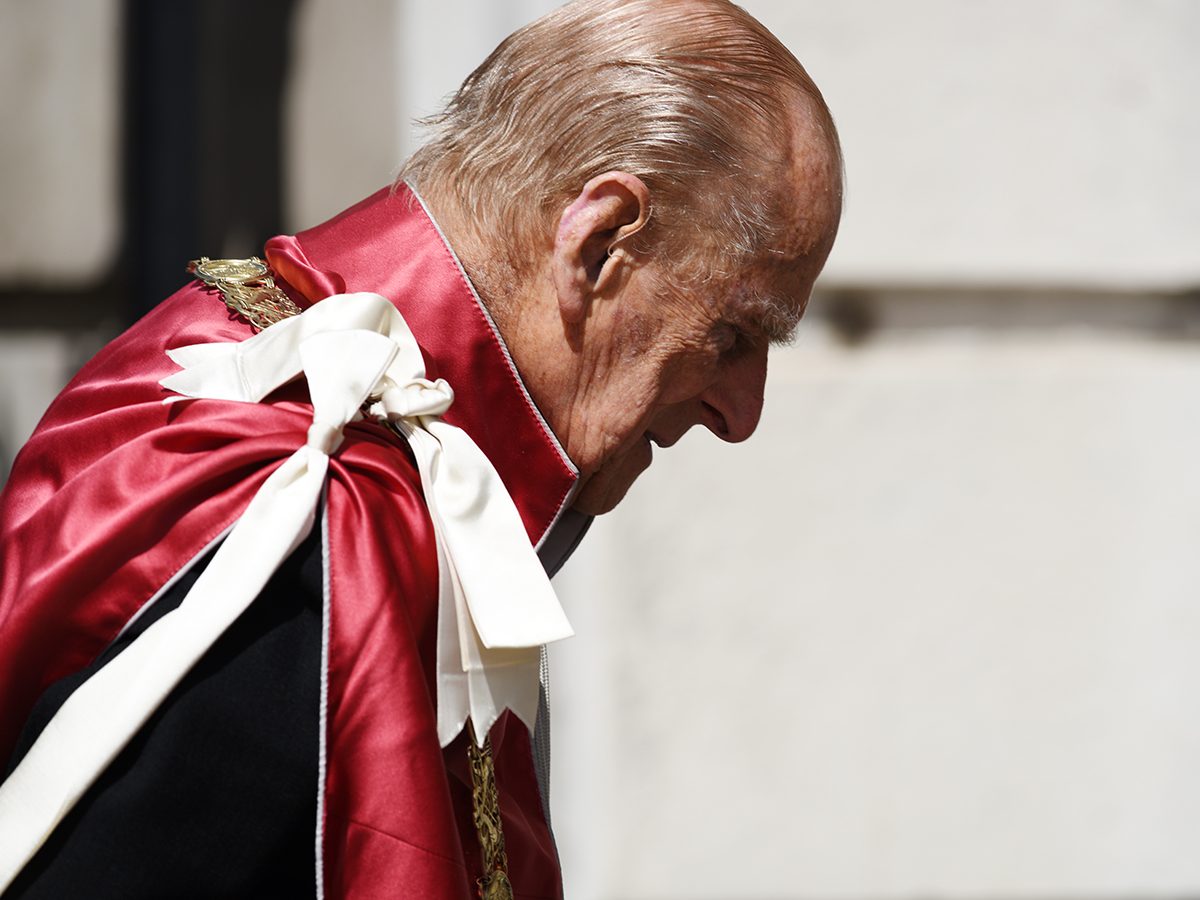
Lasting legacy
In 2017, Prince Philip retired from public life following his 96th birthday and passed many of his charitable patronages and military appointments to his children and grandchildren. He spent the 2020-2021 COVID-19 pandemic at Windsor Castle with the Queen and the royal couple were vaccinated in January 2021, setting an example for the rest of the United Kingdom and Commonwealth. In his last years, he continued to make the occasional public statement or appearance, praising the efforts of essential workers and educators during the pandemic.
From his first steps onto Canadian soil as a naval officer during the Second World War to receiving the Order of Canada in 2013, there is no member of the royal family who has enjoyed a longer relationship with Canada and the Canadian people than Prince Philip. His contributions to Canadian society will outlast him as young people continue to participate in the Duke of Edinburgh Award program and engage with a wide variety of issues close to his heart including the environment, the Commonwealth and the future of the monarchy.
Next, take a look back at the most memorable royal tours of Canada.
